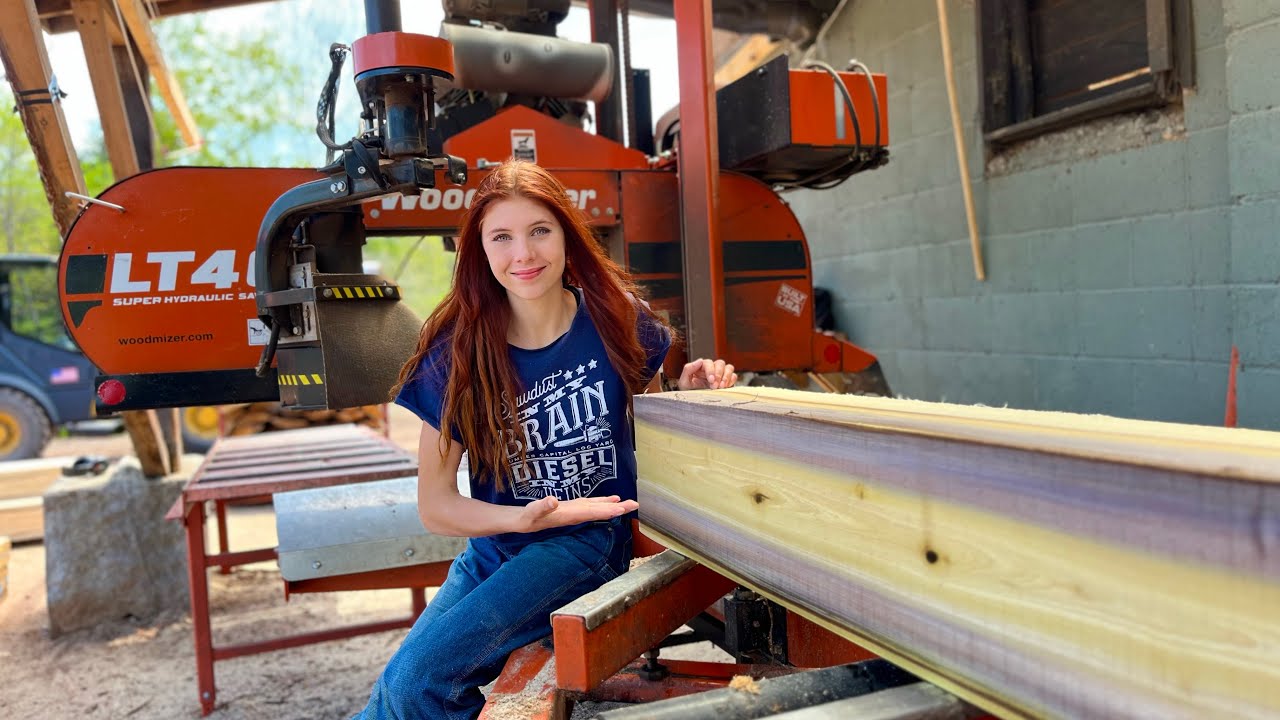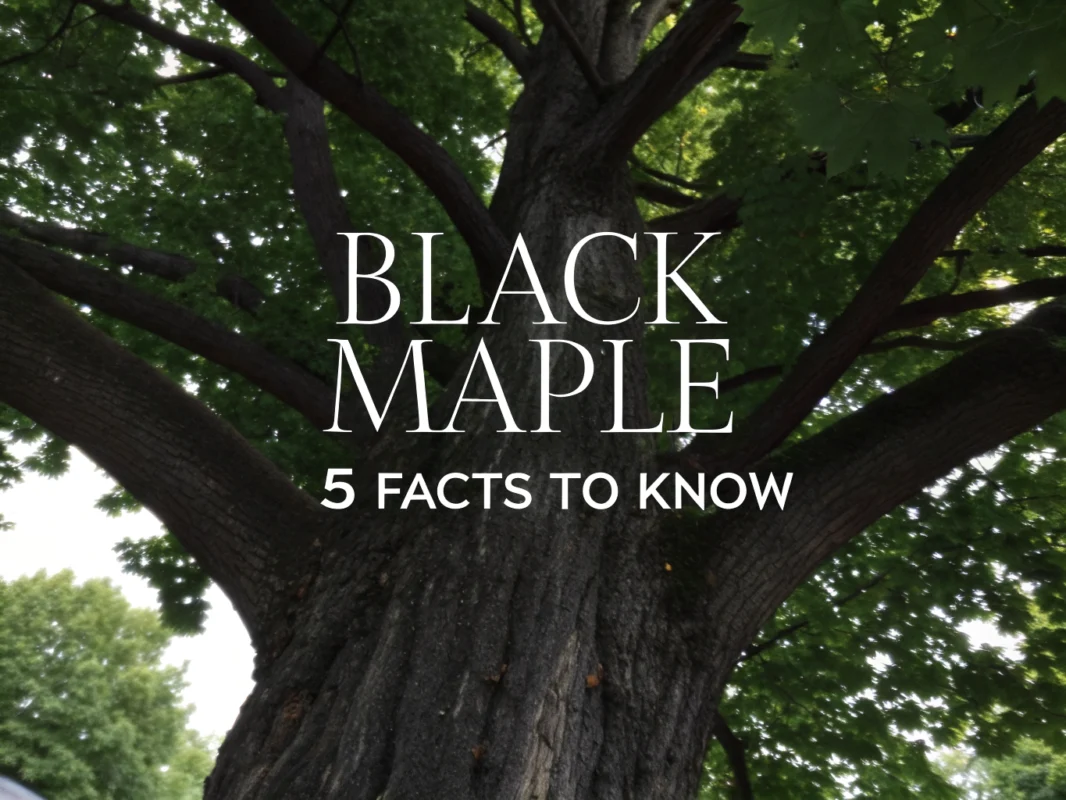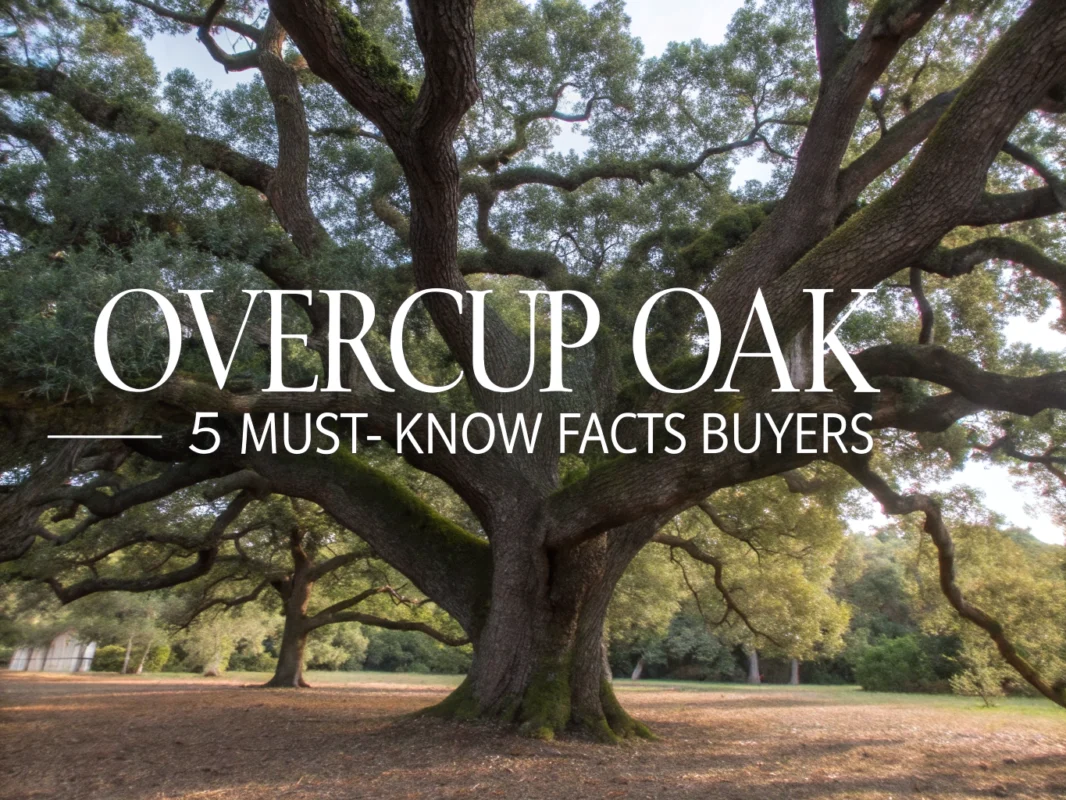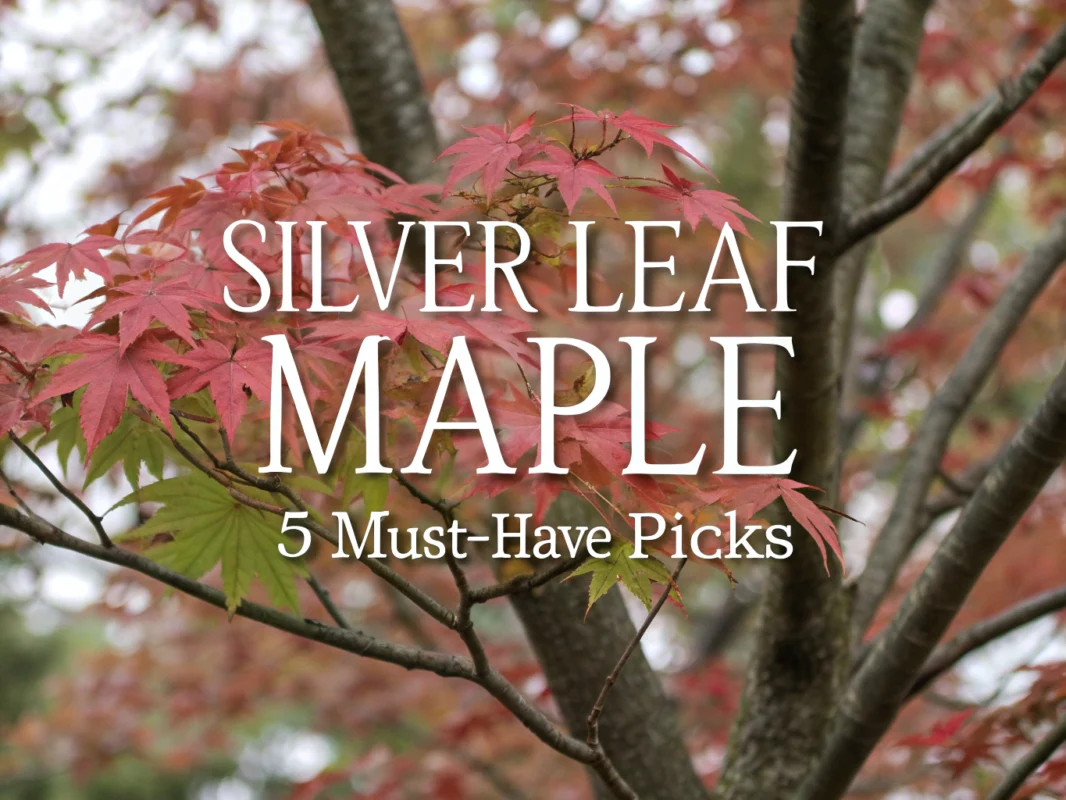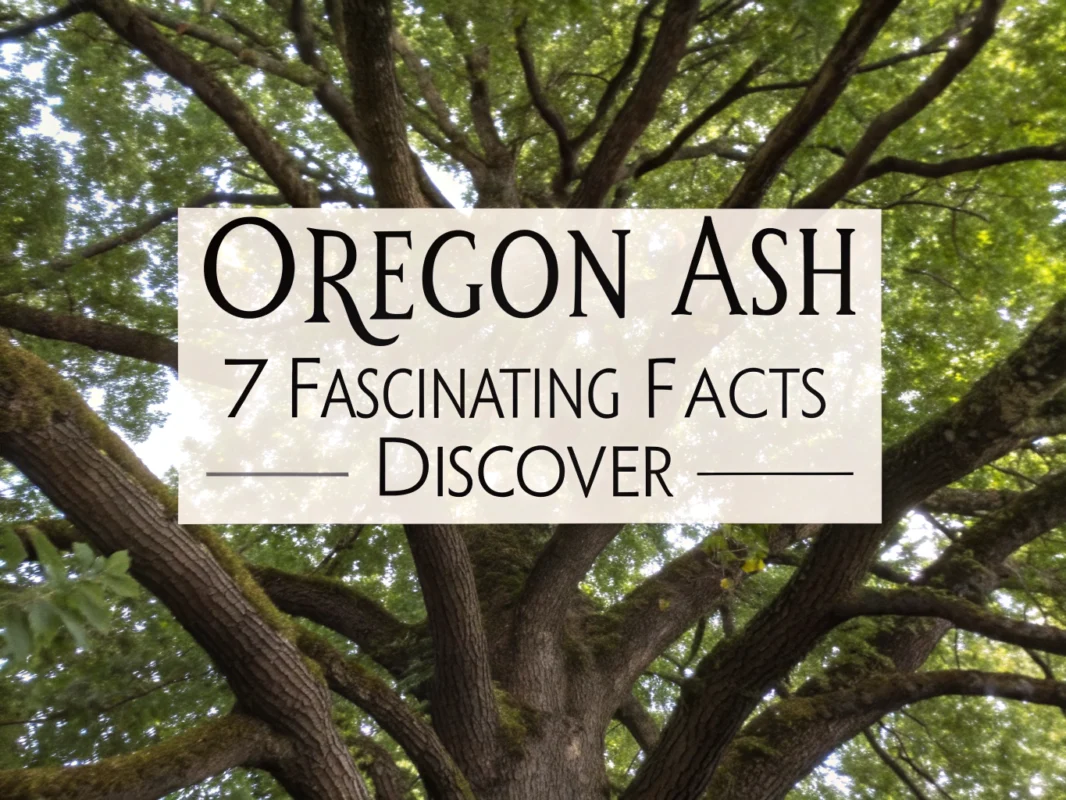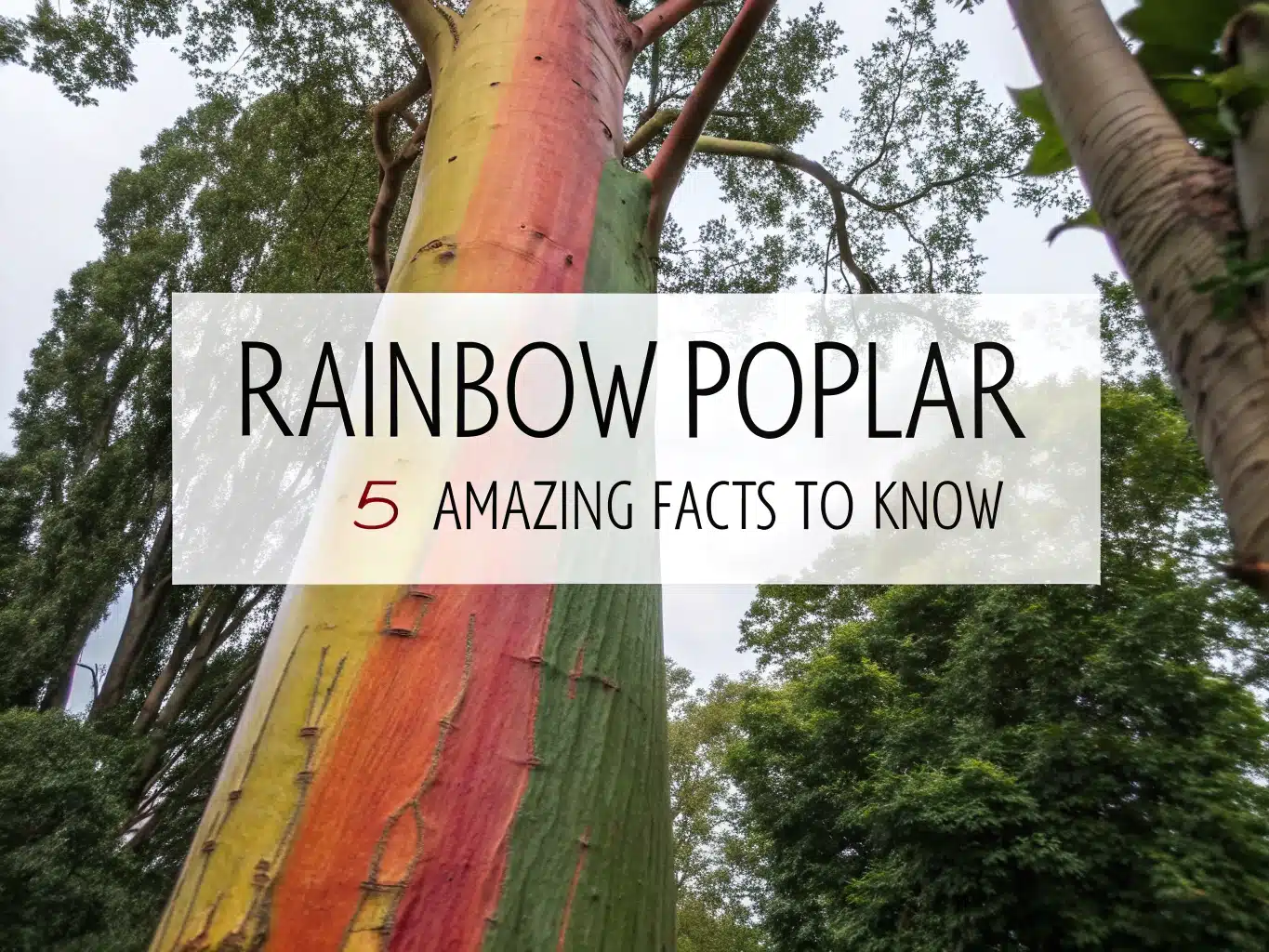
Rainbow Poplar: 5 Amazing Facts to Know

Ever spot lumber with streaks of green, purple, and gold and wonder what it is? That striking wood is rainbow poplar, a mineral‑stained form of yellow tulip poplar. It is not a new species or part of genus Populus. Here are 5 quick facts: how the colors appear, how light and finishes change them, where it grows in the USA, how it works in the shop, and easy ideas for furniture and crafts.
Table of Contents
Rainbow poplar turns heads because it’s ordinary yellow poplar with rare mineral-stained streaks that create greens, purples, reds, and smoky blacks across pale cream wood, giving makers a natural color palette straight from the log. I’ll explain where this wood comes from, how the colors form, how it works in the shop, where it grows across the USA, and smart project ideas that highlight its one-of-a-kind look.
1. Rainbow poplar is mineral‑stained tulip poplar
Not a new species
Rainbow poplar isn’t a separate tree; it’s yellow poplar with dramatic, multicolor mineral stains running through the wood. The stripes and clouds of color are natural, and they don’t come from dyes, fungus, or human treatment, as confirmed by the resource at Wood Database: Rainbow Poplar.
I’ve handled boards with vivid green and purple veins next to pale cream sapwood, and the pattern continues through the thickness of the board, which tells me the stain developed in the living tree. These pieces carry the same working traits as standard tulip poplar, so I plan and finish them using the same shop setup.
Yellow poplar (Liriodendron tulipifera)
The base species is Liriodendron tulipifera, widely called yellow poplar or tulip poplar. It’s a true hardwood with tulip-shaped leaves and showy spring flowers, and it produces straight, light-colored lumber prized for clean machining and easy gluing.
I see it sold under several names—yellow poplar, tulip poplar, or just “poplar.” The “rainbow” tag simply flags boards with mineral color so buyers know they’re getting visual drama rather than plain, paint-grade stock.
Name and look explained
The term “rainbow” comes from swirls and streaks that can appear green, purple, pink, red, black, or golden yellow against the wood’s naturally pale background. Patterns vary wildly: some boards show linear stripes, while others look marbled or clouded.
I sort for balance and flow, keeping a consistent direction of the streaks across panels so the eye reads one calm field of color. For small accent parts, I pick boards with high-contrast veins so details pop even at a distance.
Not genus Populus
Despite the “poplar” nickname, yellow poplar isn’t in the genus Populus (true poplars, cottonwoods, and aspens). It sits with magnolias botanically, which explains its smooth texture and steady machining compared to typical Populus species.
That naming overlap causes confusion in lumber yards. If you want a refresher on how poplar is categorized and used in shops, I’d point you to this simple primer on poplar wood for plain-language basics and common trade names across regions, including poplar white for unmarked stock.
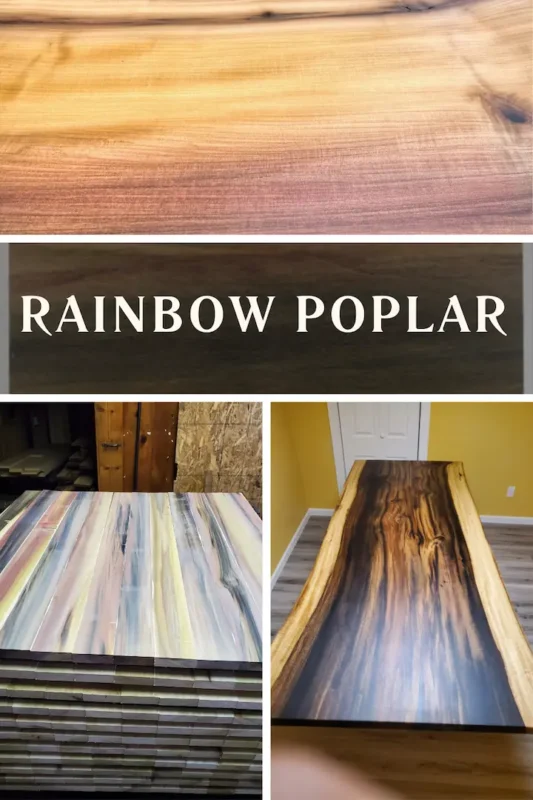
2. What creates the rainbow colors
Mineral stain uptake
The colors come from mineral stain—trace elements and compounds that the living tree absorbs through the root system, which settle into the wood and set as it grows. Many boards stay pale, but some trees draw in enough minerals to leave striking signatures from bark to core.
Wood references note that mineral discoloration and oxidation are common in yellow poplar, and those same mechanisms help produce the famous green and darker tones in stained boards; see Yellow Poplar for a concise species profile that mentions frequent color variation. I look for stains that carry through the thickness so a resaw or roundover still shows continuous color.
Color spectrum
Expect a wide spectrum: green bands are most common, often joined by purple, brown, or charcoal streaks. In some boards, thin red or pink lines appear near darker bands, while golden-yellow zones blend into the creamy base.
Color zones usually follow the grain, so they appear as long stripes on flatsawn faces and more broken patches on quartersawn faces. I use flatsawn faces for flowing, painterly looks and switch to quartersawn edges if I want tighter, pinstriped effects on rails or drawer fronts.
UV darkening and finishes
Light exposure changes the look. Greens can drift toward olive, and pale zones warm, so I reach for UV-blocking finishes to keep the original palette longer and slow the drift toward yellowing.
My go-to approach uses a waterborne clear coat with UV inhibitors and a light dewaxed shellac seal if I want maximum clarity. Oil finishes deepen figure but warm the palette; I use them only when I want an earthier, antique tone that blends the colors on purpose.
Pro tip: Wipe the board with denatured alcohol before finishing to preview color under a clear coat. If the greens shift too much for your taste, test a waterborne topcoat on an offcut before committing to the main panel.
I find video helps people see how light and viewing angle change the appearance. Watch this quick clip to get a sense of how streaks read across a board in different lighting.
Stress and soil factors
Certain growing conditions seem to spark the boldest color. Local soil chemistry, water table changes, and mineral-rich pockets can all play a part, while tree injuries and electricity exposure are also reported triggers in some logs.
Because the causal soup varies from site to site, each log is unique—one valley might produce olive and charcoal bands, while another hillside turns out purples and reds. I treat sourcing like picking figured maple: dig through the stack and match boards for tone and flow rather than relying on the species name alone.
3. Wood look and workability
Tree size and form
Tulip poplar grows tall with long, straight boles, which yields generous, clear boards. That shape is why mills produce wide panels with few knots, and those broad surfaces carry rainbow color beautifully over doors, tabletops, and case sides.
Logs often saw cleanly with minimal internal stress, so panels glue up flat and stay stable after acclimation. I still sticker and let boards rest, then joint and plane in light passes to protect surface clarity across stained zones.
Sapwood vs heartwood
Base color helps you plan the look. Sapwood runs white to light cream, while heartwood tends toward light tan with a muted yellow cast; mineral-stained zones overlay either background with their signature colors.
For bright, crisp contrast, I aim for boards where colorful bands cross pale sapwood. If I want a warmer field, I’ll use heartwood faces and let greens merge with the tan base for a softer look that pairs well with walnut or aged brass.
Grain, softness, sanding
Yellow poplar machines predictably: straight grain, fine texture, and moderate softness that sands fast. If you’re unsure how it stacks up in hardness terms, this quick read—is poplar a hardwood—explains why the wood dents easier yet planes with a clean edge.
I sand through 120/150/180 grits for a film finish or stop at 220 for a very clear waterborne look. On stained zones, I keep the sander moving and vacuum frequently so fine dust doesn’t tint adjacent pale areas during the final pass.
Adhesives pose no surprises: PVA glues work well, and clamping pressure can be modest to avoid squeeze-out lines that telegraph after finish. If I need a dead-clear bond line, I use a translucent PVA or epoxy dyed to match the dominant tone in the joint.
| Feature | Sapwood | Heartwood | Mineral‑stained zones |
|---|---|---|---|
| Base color | White to light cream | Light tan to yellowish | Green, purple, red, black over pale base |
| Grain/texture | Straight, fine | Straight, fine | Same grain; color overlays |
| Workability | Easy machining | Easy machining | Same tools; treat as standard poplar |
| Best uses | Bright panels, paint-grade parts | Warm-toned panels, frames | Accent faces, inlays, statement pieces |
| Finishing notes | Clear coats stay pale | Slight warm cast under oils | Use UV-inhibiting topcoats for color hold |
For a vendor perspective on working traits, I like the overview from Vermont Woods Studios, which echoes my shop experience: easy gluing, smooth sanding, and consistent grain that suits both paint and clear finishes.
4. Range in the USA and availability
Eastern U.S. native
Tulip poplar is native across the eastern United States, from the Gulf states up through the Mid-Atlantic and into the Great Lakes and New England. Trees are tall and straight, commonly reaching impressive sizes in suitable sites.
For a concise species sheet, the USDA NRCS notes that yellow poplar commonly grows 70–120 feet with 2–5 foot trunks, with exceptional trees topping 130 feet. Those dimensions explain why mills often carry wide, clear boards that show continuous rainbow figure.
poplar usa range
People sometimes use “poplar USA” to talk about all poplars across the country, but that mixes two different groups. Tulip poplar (Liriodendron) dominates the East, while true Populus species occupy a wider map, including cottonwoods in the West and aspens in the North.
For example, black cottonwood thrives along rivers from California to Alaska, and bigtooth aspen spans the northern forest belt. Rainbow poplar refers to mineral-stained tulip poplar, not these other poplars, which helps you ask for the right lumber in regional yards.
Scarcer than poplar white
Most stock in the bin will be plain “poplar white” boards—pale sapwood and tan heartwood with minimal color. Rainbow-stained boards show up less often, and they come in patches within a load, so I budget extra time to pick for pattern and tone.
Call ahead and ask mills for “mineral-stained poplar” or “rainbow poplar” by name. Smaller mills sometimes set aside colorful boards for slab sales or short runs of veneers; I ask for photos and grain shots so I can plan bookmatches and panel layouts before committing.
5. Rainbow poplar uses and DIY ideas
Furniture accents, inlays
Rainbow boards shine as accents: drawer fronts, door panels, headboard slats, or floating shelves that turn color into a focal point. I like to edge-frame panels with a calm secondary wood, then let the streaks take center stage across a wide field.
Inlays are easy wins. Rip thin strips from the most striking areas and set them into walnut or maple for dramatic contrast; a 1/8-inch line of green-and-purple grain can transform a plain tabletop into a gallery piece.
Not for heavy loads
This species is soft for a hardwood and dents sooner than oak or maple. I keep it out of chair rungs, workbench tops, and stair treads, and I avoid highly stressed joinery unless parts are overbuilt or backed by a stronger species.
For tabletops that see daily use, a harder edge band or a glass top protects the surface while keeping the color in view. Casework, headboards, cabinet doors, and wall art make better homes for rainbow faces than high-wear surfaces.
Compared to poplar white
Plain “poplar white” is a shop staple for paint-grade furniture, drawer parts, and utility builds, where the goal is stability and clean machining at a fair price. Rainbow stock trades that blank canvas for natural color, so it lives best where a clear finish can show character.
For a quick refresher on how makers classify poplar in woodworking and why it behaves the way it does, I like this straight-shooting read: poplar wood. Use standard white poplar for hidden parts and structural rails, then bring in rainbow pieces where your eye lingers—panels, drawer fronts, and accents.
Craft projects and decor
Small projects make the colors sing without complex joinery. Picture frames, charcuterie boards for display, key racks, and wall tiles all spotlight streaks, and offcuts can become knobs, pulls, and inlay strips that repeat the palette across a room.
I keep build steps simple: resaw for bookmatched pairs, glue with clear-drying PVA, sand to 180–220, then topcoat with a clear waterborne finish that includes UV blockers. A light shellac wash can lock in sanding dust and set the tone before your final coats.
If you want a reliable overview of how the broader poplar group is defined (so you can compare tulip poplar with Populus species used in craft stores and hobby wood), this entry from Britannica clarifies the Populus clan. That helps you match store labels to the species you’re actually after.
- Finish recipe for clarity: Sand to 180, wipe with alcohol to preview, seal with a 1–2 lb cut dewaxed shellac if needed, then apply 2–3 coats of a UV-inhibiting waterborne polyurethane.
- Color matching tip: Sort parts under the same lighting you’ll live with, since greens can shift toward olive under warm bulbs.
- Edge protection: For tabletops, add a harder wood edge band or a subtle chamfer that hides small dings.
- Panel layout: Bookmatch boards to mirror color streaks across doors and headboards for a balanced, intentional look.
- Adhesive choice: Use clear-drying PVA to avoid visible lines through pale sapwood; tint epoxy only if you need gap fill in a dark zone.
For kid-friendly crafting or party activities with a rainbow theme, these ready-to-decorate wood kits pair well with your shop offcuts and finishing supplies. They’re simple, colorful, and fun to personalize with paint, markers, or glitter.

30-Pack Rainbow Wood Cutouts for DIY Crafts
- Unfinished wood ready to paint, stain, or decorate
- Smooth, splinter-free edges for kid-friendly crafting
- 3.9 x 2.4 x 0.1 in size suits ornaments, tags, and signs
- Sturdy thickness resists bending during projects
- Value 30-pack perfect for classrooms, parties, and group crafts

Decorate-Your-Own Wooden Rainbows, Set of 6
- Blank wooden rainbows invite creativity and self-expression
- Works with paint, markers, glue, and glitter
- Smooth surfaces and rounded edges for easy decorating
- Great group activity for classrooms, parties, and art centers
- Display finished pieces as cheerful room or shelf decor

32-Pack Unfinished Wooden Rainbow Ornaments
- Unfinished wood is perfect for painting, staining, or decoupage
- Ideal for ornaments, gift tags, banners, and party favors
- Smooth edges help ensure a snag-free crafting experience
- Bulk 32-pack saves time and supports group activities
- Great for holidays, classrooms, maker fairs, and home decor

30-Pack Rainbow Wooden Cutouts for DIY
- Ready-to-decorate unfinished wood rainbows
- Paint, stain, or embellish to match any theme
- Smooth surfaces and sturdy thickness for reliable results
- Versatile for ornaments, garlands, and DIY home accents
- Budget-friendly 30-pack for parties, classes, and gifts
On small decor pieces I like a satin sheen, which keeps glare down and helps colors read true under room lighting. A matte or satin topcoat hides minor scuffs, lets greens and purples stay saturated, and gives rainbow boards a soft glow that photographs well.
FAQs
What Are The Benefits Of Planting A Rainbow Poplar Tree?
Rainbow poplar is prized for its striking, multicolored bark that peels to reveal vivid bands, creating a living focal point. It grows quickly, so it can deliver shade and privacy within just a few seasons. In suitable climates it is relatively low maintenance when planted in the right spot, especially with mulch and deep, occasional watering. The dense canopy can help cool outdoor areas and reduce wind. For best results, give it ample space for its mature size and plant well away from pipes, septic lines, and foundations due to vigorous roots.
How Fast Does A Rainbow Poplar Grow?
In ideal, frost-free conditions with full sun, warmth, and consistent moisture, a rainbow poplar can add about 3 to 6 feet (0.9 to 1.8 m) of height per year while young. Growth is fastest in the first 3 to 5 years, then gradually slows as the canopy fills out. Mature trees outdoors can reach 60 to 100+ feet tall, whereas container-grown specimens typically grow more slowly, often 1 to 3 feet per year.
Are There Any Diseases Or Pests That Commonly Affect Rainbow Poplar Trees?
Yes. Common issues include sap-sucking pests such as psyllids, leaf beetles, and scale, as well as borers on stressed trees. Fungal leaf spots and cankers can appear in prolonged humidity, and waterlogged soils may lead to root rot (Phytophthora). Prevent problems by planting in well-drained soil, providing full sun and steady but not excessive watering, mulching to moderate soil moisture, and pruning out dead or crossing branches. Inspect regularly; treat light infestations with horticultural oil or insecticidal soap, and consult a certified arborist if you suspect borers or significant decline.
Can I Grow Rainbow Poplar Trees Indoors?
Not for the long term. Rainbow poplar grows quickly, becomes large, and needs intense light and high humidity that typical indoor spaces cannot provide. You may raise a small plant in a bright sunroom or greenhouse for a season, or keep a container-grown specimen outdoors in warm months and move it under glass only to protect from brief cold snaps. Expect slower growth and reduced bark color indoors. If you attempt container culture, use the brightest possible light, prune to manage size, and ensure excellent drainage.
What Is The Best Climate For Growing Rainbow Poplar Trees?
It performs best in warm, humid, frost-free climates with full sun and well-drained, consistently moist soil. Outdoors, aim for USDA hardiness zones 10 to 11 (9b with protection). Shelter young trees from strong, drying winds, water deeply during dry spells, and mulch to conserve moisture. In cooler climates, grow in a large container that can be moved to a heated, very bright greenhouse for winter protection.
